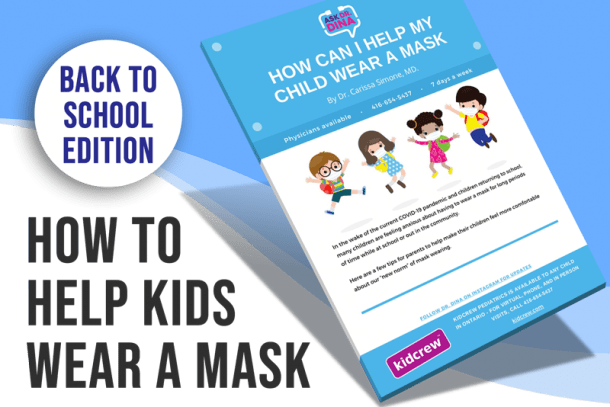So What Is Vitamin D Anyway?
Vitamin D is a Fat soluble Vitamin that is not present in many foods. It promotes our body’s ability to absorb calcium and is needed for bone growth. It is also responsible for cell growth, neuromuscular and immune function, as well as reducing inflammation.
But doesn’t our body naturally make it?
Sun exposure does trigger the synthesis of Vitamin D in our skin; however many factors determine how much is being produced in our skin. Melanin content of the skin and wearing of Sunscreen hamper adequate production of Vitamin D, because they block UVB rays. UVB rays initiate the Vitamin D synthesis in our skin. As we approach the end of fall and beginning of winter, our overall sunlight exposure decreases.
Okay, so how do we get it in our diet?
Here are the foods that are best sources of Vitamin D:
| Food | Serving size | Amount of Vitamin D in International Units (IU) |
| Cod Liver Oil | 1 tablespoon | 1360 IU |
| Wild Salmon | 3 ounces | 450 IU |
| Canned Mackerel | 1 cubic inch boneless piece | 171 IU |
| Canned Tuna | 3 ounces | 154 IU |
| Canned Sardines | 2 sardines | 46 IU |
| Dried Shiitake Mushrooms | 1 ounce | 44 IU |
| Beef Liver | 3 ounces | 42 IU |
| Egg Yolk | 1 yolk | 41 IU |
| Swiss Cheese | 1 ounce | 6 IU |
| Vitamin D fortified beverages, cereal, and yogurt | 1 cup | Amount varies |
What happens if my child’s vitamin D levels are low?
Vitamin D levels can be measured in the blood; ask your Pediatrician if your child should be tested. A vitamin D deficiency can lead to rickets, a bone-softening disease that continues to be reported in the United States mostly in children in the first two years of life. Vitamin D deficiency can lead to misshapen, brittle thin bones. It also increases the risk of bone fractures in older children, teens, and adults.
How much should my child take as a supplement?
- Breastfed and partially breastfed infants should be supplemented with 400 IU a day of vitamin D beginning in the first few days of life.
- As an alternative to supplementing the breastfed baby, the baby’s mother can take 6400 IU per day of Vitamin D. When a nursing mom takes this amount, the baby achieves the same level of Vitamin D as they would if they took the 400 IU supplement.
- All non-breastfed infants and older children, who consume less than 32 ounces per day of vitamin D-fortified formula or milk, should receive a vitamin D supplement of 400 IU a day.
- Adolescents should take a 600 IU per supplement daily if they are not getting that amount through their diet.
- Children with an increased risk of vitamin D deficiency, i.e. kids with Cystic Fibrosis or consuming a strict vegan diet, may need higher doses of vitamin D. Consult your pediatrician for recommendations specific to your child.
Dr. Abha Sharma MD, IBCLC is a Board Certified Pediatrician and Lactation Consultant. She practices and resides in Southern California with her husband and toddler daughter. Her interests are healthy living and eating, reading fashion and lifestyle magazines, and of course, all things lactation.










